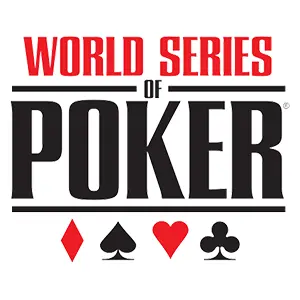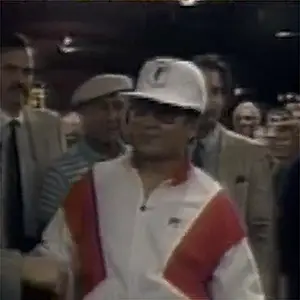The Early Nineties

With the recent passing of Benny Binion and his son Jack now in full control, the beginning of the 1990s saw the WSOP transformed into a much more organized and professionally run event. Jack was not new to the business; he had served as the president of the Horseshoe since 1964 and was at his father’s side from the tournament’s beginnings in 1970. He had been the main force behind it for almost a decade throughout the 80s. Now, it was completely his show, allowing him to further make his mark on the grand event.
Jack brought in two respected veterans of the poker business, Jim Albrecht and Jack McLelland, to provide leadership to the tournament. Albrecht, the former poker site manager at the Mint Casino, took over as tournament director of the WSOP. He was widely respected in this role and became a regular commentator on ESPN’s annual broadcasts of the event highlights. McLelland also contributed his poker tournament expertise. Together, they helped the tournament see increased success, broadening its prominence internationally and making it more worthy of being called the World Championship.
International recognition

In 1990, Iranian-born British resident Mansour Matloubi became the first non-American resident to win the main event. Johnny Chan was the first winner not born in the United States, but he was a Las Vegas resident at the time. Now, players were traveling from other countries and winning, asserting the tournament as a true world championship. Matloubi faced Hans “Tuna” Lund, a longtime WSOP competitor who won his first bracelet in 1978.
In the decisive hand, Lund had a slight lead with top pair A9 on a 942 flop. Matloubi led out with a bet, and Lund raised enough to put Matloubi all in. Matloubi called with pocket 10s, hoping to avoid an ace or a 9 on the final two cards. However, an ace hit on the turn, giving Lund a commanding lead. The final card, a 10, snatched the title from Lund and handed it to Matloubi in one of the most exciting hands in WSOP history.
Milestones and records
In 1991, the WSOP reached two major milestones. The number of entries broke the 200 mark for the first time, with 215 participants, and the winner’s share of the main event prize money reached one million dollars. The final two players were Brad Daugherty and Don Holt. Holt, confident after defeating poker expert David Sklansky in a previous event, faced Daugherty. Despite Holt’s confidence, Daugherty emerged victorious. Sadly, Daugherty later auctioned his bracelet on eBay, reflecting a shift in how such items are valued.
Decline and resurgence
The 1992 WSOP saw fewer players than the previous year, not counting the second year when participants dropped from seven to six. The top 25 included notable names like Hans Lund, Johnny Chan, Jack Keller, Bobby Baldwin, Berry Johnson, Barry Greenstein, Mike Sexton, and Doyle Brunson’s son Todd. Actor Telly Savalas finished 21st. The final table featured Lund, Hamid Dastmalchi, and four unknown players. Lund finished third, and Dastmalchi became the second player of Iranian descent in three years to win the world championship.
Dramatic moments
In 1993, experienced WSOP participant John Bonetti, unknown Glenn Cozen, and cotton farmer Jim Bechtel competed for the title. Cozen, with few chips left, was waiting for elimination. Bonetti, holding Ace of Any ColorKing of Any Color pre-flop, faced Bechtel and Cozen. The flop came King of Any Color6 of Any Color4 of Any Color, and Bonetti bet his top pair. Cozen folded, and Bechtel raised, putting Bonetti in a tough spot. Bonetti shoved, but Bechtel called instantly with pocket 6s for a set. Bonetti’s play is considered one of the worst mistakes in WSOP history, allowing Cozen to outlast him and finish second. Bechtel became the second amateur to win the title.
World Series of Poker history
- The Beginnings
- Things Start Taking Off
- The Roaring Eighties
- The Early Nineties
- Silver Bars To The Comeback Kid
- Jack Binion Gets Forced Out
- The New Millenium
- The WSOP Gets Its World Rocked
- Harrah’s Takes Over
- The WSOP Moves To The Rio
- The WSOP Grows One More Time
- The Empire Strikes Back
- The November Nine Begins
- Once In A Blue Moon
- The 2010 Championship
- The 2011 WSOP Final Table Preview
- The 2011 WSOP Championship
- The 2012 World Series Of Poker
- The 2012 WSOP October Nine